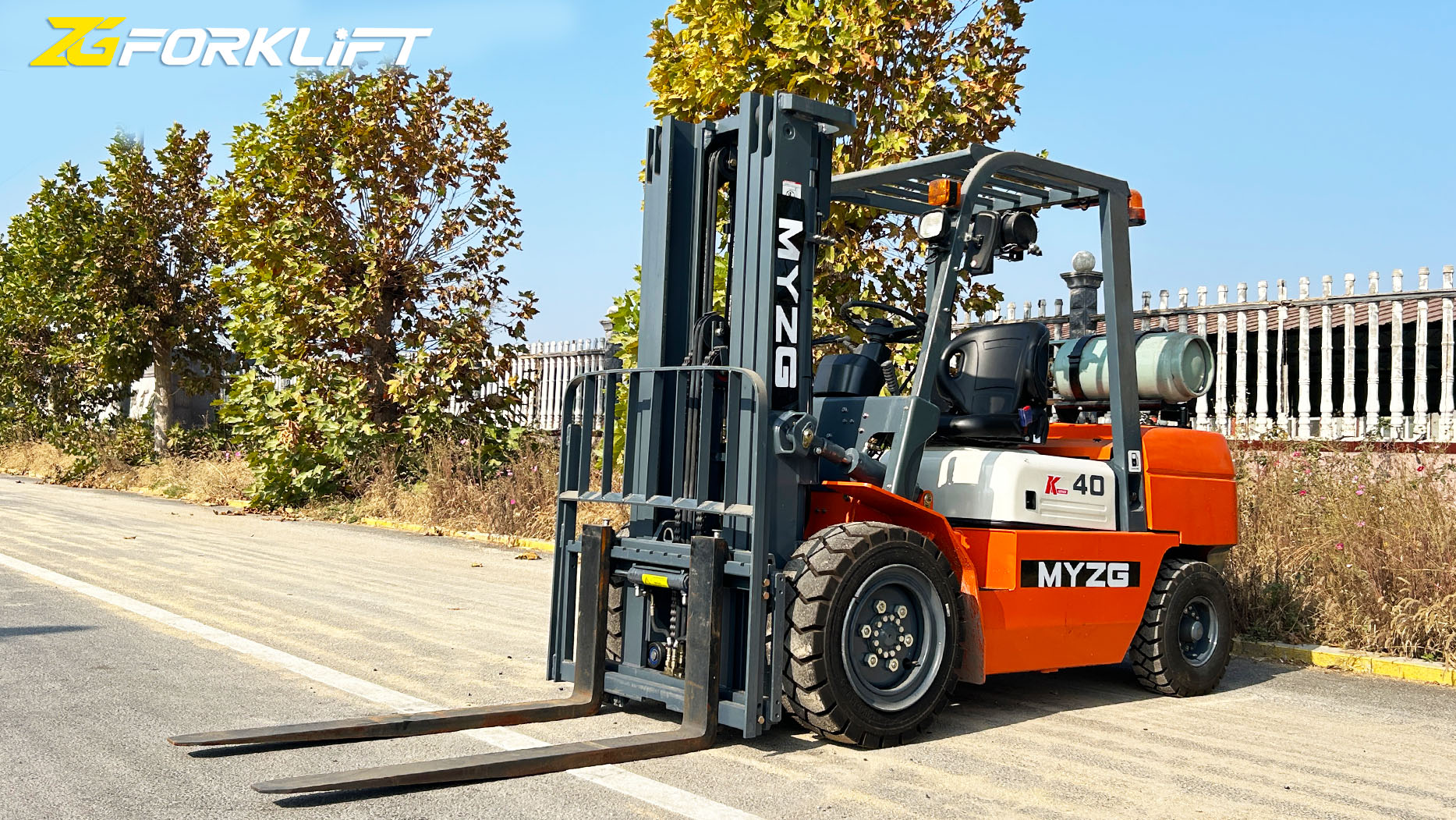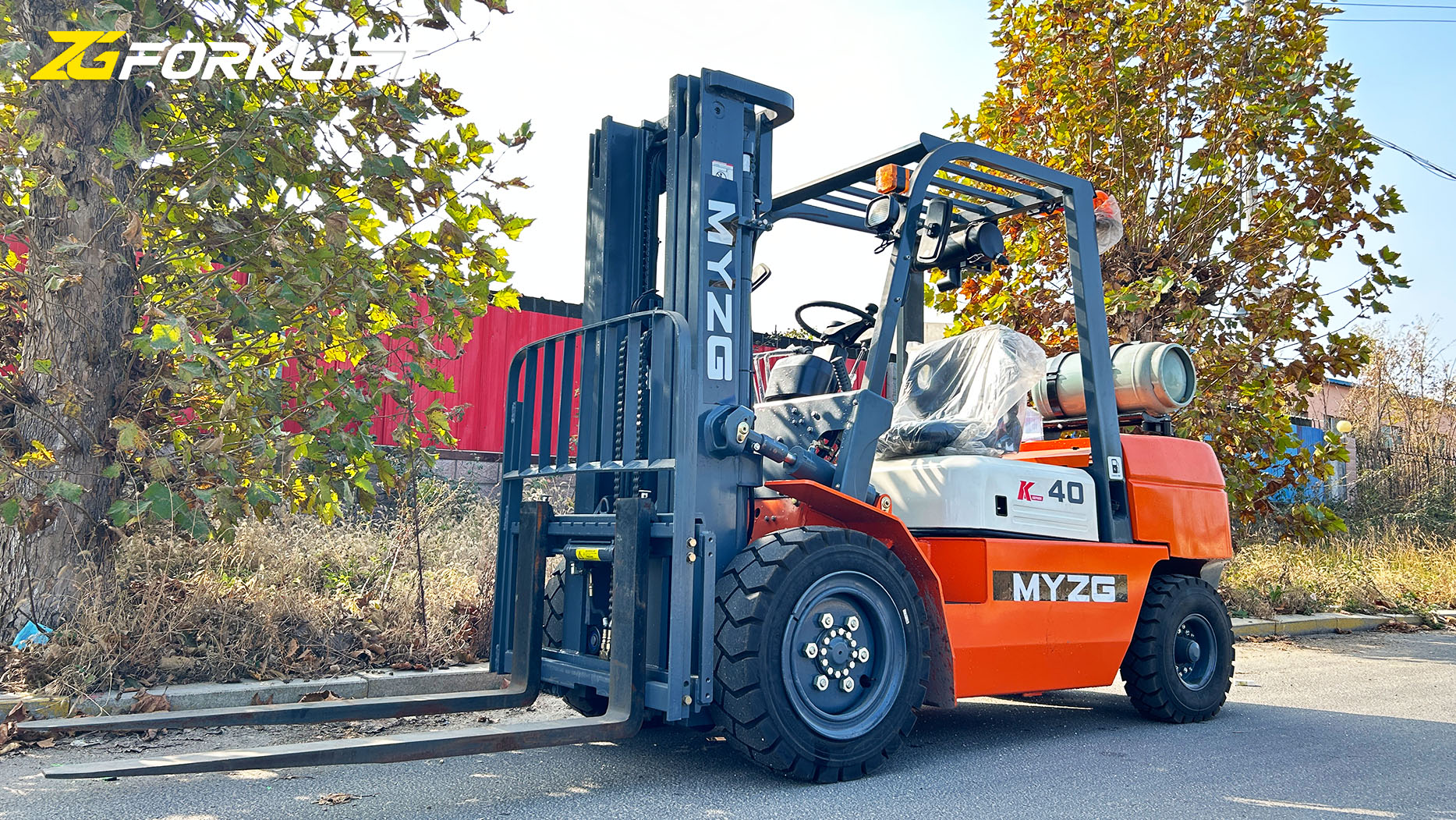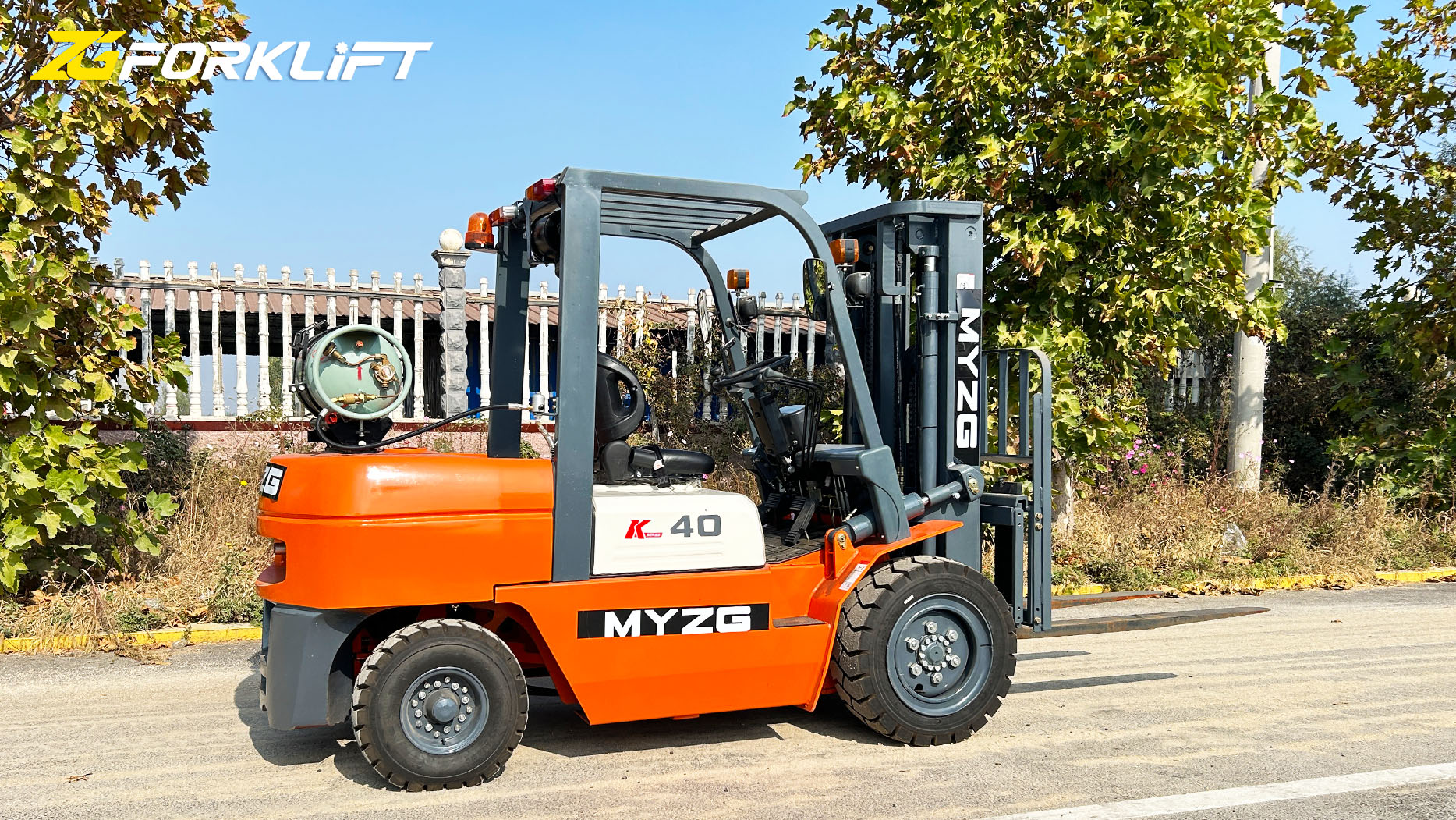How Much LPG Does a Forklift Use Per Hour? A Comprehensive Guide
Liquefied Petroleum Gas (LPG), often referred to as propane, is a popular fuel choice for forklifts due to its clean-burning properties, cost-effectiveness, and availability. Understanding LPG consumption rates is crucial for budgeting fuel costs, optimizing operational efficiency, and ensuring a continuous supply of fuel for your forklift fleet. This article delves into the factors influencing LPG consumption in forklifts, provides estimations for typical usage, and explores strategies for maximizing fuel efficiency.
Factors Influencing LPG Consumption:
Several factors contribute to the amount of LPG a forklift consumes per hour. These include:
Engine Size and Type: Larger engines generally consume more fuel than smaller engines. The type of engine (e.g., internal combustion, dual fuel) also plays a role. Modern engines tend to be more fuel-efficient than older models.
Load Weight: Lifting and transporting heavier loads requires more engine power, resulting in increased fuel consumption. The heavier the load, the more LPG the forklift will use.
Lift Height: Lifting loads to greater heights also increases fuel consumption. The higher the lift, the more work the engine has to perform.
Operating Conditions: Operating conditions significantly impact fuel usage. Factors such as:
Stop-Start Frequency: Frequent stopping and starting consume more fuel than continuous operation.
Terrain: Operating on inclines or rough terrain requires more power and thus more fuel.
Idle Time: Idling consumes fuel even when the forklift is not actively moving or lifting. Excessive idling can significantly increase overall fuel consumption.
Ambient Temperature: Extreme temperatures can affect engine performance and fuel efficiency. Cold weather, in particular, can increase fuel consumption.
Operator Habits: Aggressive driving habits, such as rapid acceleration and braking, waste fuel. Smooth and controlled operation promotes fuel efficiency.
Forklift Maintenance: A well-maintained forklift operates more efficiently. Regular maintenance, including checking tire pressure, changing air filters, and ensuring proper engine tuning, can optimize fuel consumption.
Forklift Age and Condition: Older forklifts may be less fuel-efficient than newer models due to wear and tear on engine components.
LPG Quality: The quality of the LPG itself can also play a role. Contaminated or impure LPG may not burn as efficiently, leading to increased fuel consumption.
Estimating LPG Consumption:
Providing a precise figure for LPG consumption per hour is difficult due to the numerous variables involved. However, we can offer some general estimations and methods for calculating approximate usage.
Typical Consumption Ranges:
A commonly cited estimate for average LPG consumption in forklifts is between 1 and 3 gallons (or approximately 4 to 12 liters) per hour. This is a broad range, and the actual consumption can vary significantly depending on the factors mentioned above.
Calculating Estimated Consumption:
While a precise calculation is difficult, you can estimate LPG consumption using the following method:
Record Operating Hours: Keep track of the number of hours the forklift operates.
Measure LPG Usage: Note the amount of LPG used during that period (e.g., by tracking refills or using a fuel gauge if available).
Calculate Consumption Rate: Divide the total LPG used (in gallons or liters) by the total operating hours. This will give you the approximate LPG consumption rate per hour.
Example:
If a forklift uses 10 gallons of LPG in 5 operating hours, the estimated consumption rate is 10 gallons / 5 hours = 2 gallons per hour.
Factors Affecting the Calculation:
It's important to remember that this calculation provides only an estimate. The actual consumption rate can fluctuate depending on the specific tasks performed and the operating conditions. Therefore, it's advisable to track fuel usage over a longer period to get a more accurate picture of average consumption.
Strategies for Maximizing LPG Fuel Efficiency:
Implementing the following strategies can help reduce LPG consumption and lower fuel costs:
Regular Maintenance: Ensure that forklifts are regularly serviced and maintained. This includes checking tire pressure, changing air filters, inspecting the ignition system, and ensuring proper engine tuning.
Operator Training: Train operators on fuel-efficient driving techniques, such as smooth acceleration and braking, avoiding excessive idling, and optimizing load handling.
Load Optimization: Plan operations to minimize unnecessary travel and lifting. Optimize load sizes to reduce the number of trips required.
Reduce Idle Time: Encourage operators to turn off the forklift when it's not in use. Avoid unnecessary idling.
Proper Tire Inflation: Maintain proper tire pressure to reduce rolling resistance and improve fuel efficiency.
Upgrade to Newer Models: Consider replacing older, less fuel-efficient forklifts with newer models that incorporate fuel-saving technologies.
Monitor Fuel Consumption: Track fuel usage regularly to identify trends and potential areas for improvement.
Consider Dual Fuel Systems: For some applications, dual fuel systems (LPG and gasoline) may offer cost savings depending on fuel prices.
Optimize LPG Storage: Proper storage of LPG cylinders can prevent leaks and ensure optimal fuel quality.
Beyond Consumption: Considering Total Cost of Ownership:
While LPG cost per hour is a significant factor, it's essential to consider the total cost of ownership (TCO) when evaluating forklift fuel options. TCO includes factors such as:

Fuel Costs: The price of LPG compared to other fuels.
Maintenance Costs: The cost of maintaining LPG-powered forklifts.
Equipment Costs: The initial purchase price of LPG forklifts.
Emissions Regulations: Compliance with environmental regulations.
Infrastructure Costs: The cost of installing and maintaining LPG refueling infrastructure.
Conclusion:
Understanding LPG consumption in forklifts is crucial for managing fuel costs and optimizing operations. While providing a precise consumption rate is challenging due to the numerous influencing factors, the estimations and calculation methods outlined in this article can help you track fuel usage and identify areas for improvement. By implementing fuel-saving strategies and considering the total cost of ownership, you can maximize the efficiency and cost-effectiveness of your LPG-powered forklift fleet. Regular monitoring, operator training, and proactive maintenance are key to achieving optimal fuel efficiency and minimizing operational expenses.
Post time:Feb.07.2025


